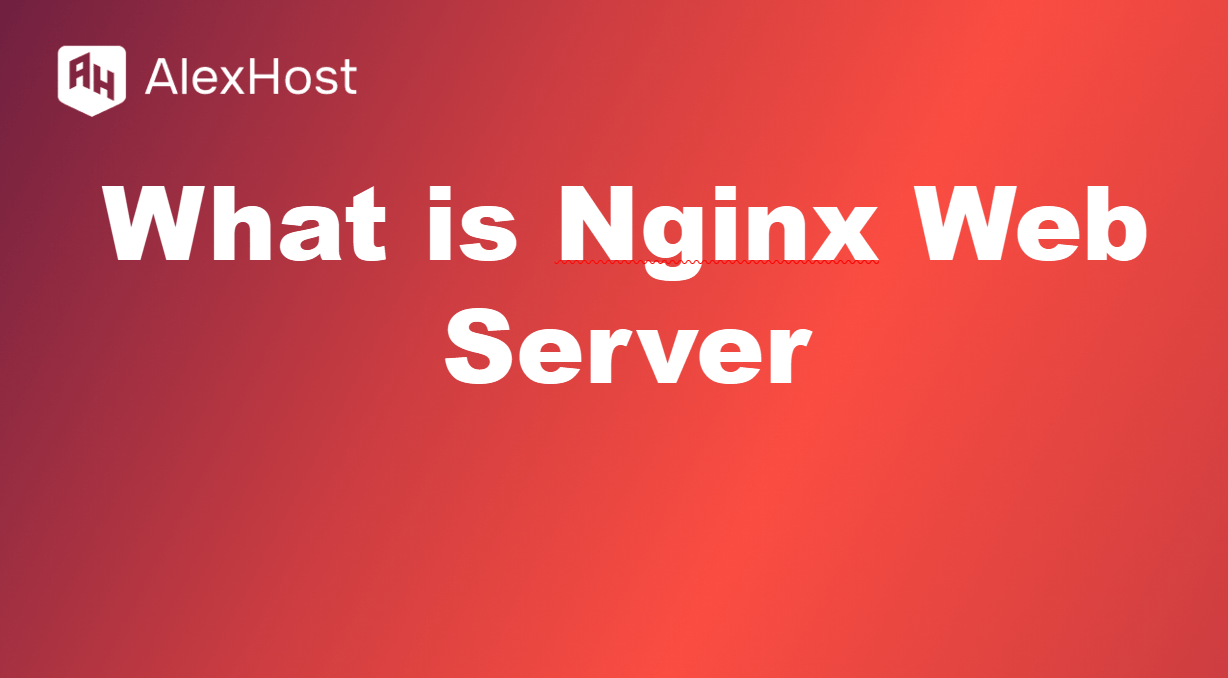The Transport Layer Security (TLS) protocol is a critical security standard used to protect data as it travels across the internet. TLS secures online transactions, protects sensitive data, and ensures that communication between users and servers remains private and secure. Here’s an in-depth look at TLS, its functions, and why it’s essential for modern web […]
Read MoreAutomate Your SEO on AlexHost: Tools That Do the Heavy Lifting Why automate SEO with AlexHost? SEO can be a grind—endless keyword hunts, link checks, and audits. But on AlexHost’s high-performance VPS or dedicated servers, automation tools run like greased lightning, turning data into rankings without the hassle. With NVMe storage for quick scans and […]
Read MoreThe Dynamic Host Configuration Protocol (DHCP) is an essential networking protocol that automatically assigns IP addresses and other network configuration parameters to devices on a network. DHCP simplifies network management by dynamically providing IP addresses and eliminating the need for manual configuration. Here’s an in-depth look at how DHCP works and why it’s a fundamental […]
Read MoreConfiguring virtual hosts in Nginx allows you to host multiple websites on a single server, with each website having its own domain name. Nginx virtual hosts are configured using “server blocks” that define settings for each website. This guide will walk you through setting up virtual hosts on an Ubuntu server with Nginx. 1. Prerequisites […]
Read MoreGitLab is a powerful open-source DevOps platform that provides version control, continuous integration/continuous delivery (CI/CD), and collaboration tools. Installing GitLab on Ubuntu allows you to manage projects and collaborate with teams efficiently. This guide will walk you through installing GitLab on an Ubuntu server. 1. Update System Packages Before starting the installation, ensure your system […]
Read MoreDocker is a powerful tool for building, deploying, and running applications within containers, providing an isolated environment that simplifies development and deployment. Installing Docker on CentOS allows you to take advantage of these capabilities. This guide will walk you through the process of installing Docker on a CentOS server. 1. Update the System Before installing […]
Read MoreNginx (pronounced “engine-x”) is a popular open-source web server and reverse proxy server designed for high performance, scalability, and reliability. It’s widely used by websites and applications around the world to handle web traffic efficiently, often serving as an alternative to Apache. Here’s an overview of what Nginx is, how it works, and why it’s […]
Read MoreClearing the cache in Microsoft Edge can help resolve browsing issues, free up space, and ensure you’re seeing the latest version of a website. Here’s a quick guide on how to clear cache in Microsoft Edge on both desktop and mobile. 1. What is Browser Cache? The browser cache stores temporary files, images, and data […]
Read MoreNavigating website issues like redirect errors is seamless with a reliable hosting partner. AlexHost’s Web Hosting Solutions ensure your site’s configurations are optimized for performance and stability. With robust tools, expert support, and reliable infrastructure, AlexHost helps you troubleshoot and resolve issues like the “Too Many Redirects” error quickly and efficiently, keeping your site accessible […]
Read MoreThe .htaccess file is a powerful configuration file used by Apache web servers to control server behavior on a per-directory basis. With .htaccess, you can manage redirects, enforce security, control access, and customize error pages, among other functionalities. Here’s an overview of what .htaccess is, how it works, and some common use cases. 1. Understanding […]
Read More
















